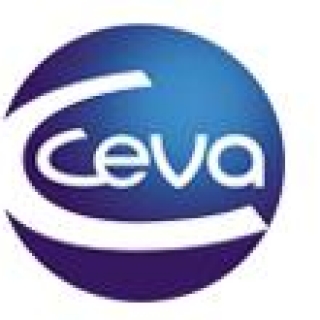The Commission published Guidelines aimed to prevent the overuse and misuse of antibiotics by sharing best-practices in Member States.
Antimicrobial resistance (AMR) causes 25,000 deaths annually and over €1.5 billion in healthcare expenses and productivity losses in Europe alone. These latest guidelines are one of the key deliverables in the EU action plan on AMR. They provide, at a glance, Member States authorities, farmers and veterinarians with practical examples of what is being done in other EU countries to promote the prudent use of antimicrobials in veterinary medicine. Such measures can contribute to the control of AMR also in human medicine.

In relation to AMR and pig production, when an infection requiring the use of antimicrobials is found in certain holdings, an in-depth analysis of the problem should be carried out, and steps taken to limit the spread, and prevent the recurrence of the infection, possible measures to be taken include:
- avoiding the prophylactic use of antimicrobials in new-born piglets (and after weaning), as a part of a herd health strategy;
- implementing an ‘all-in all-out’ system of production, thoroughly cleaning and disinfecting production units when animals move into, within and out of the herd;
- isolating the pathogen and considering a vaccination strategy where available (e.g. atrophic rhinitis);
- checking and ensuring that the ventilation system and general housing environment are functioning correctly and making sure it is possible to change the conditions if there is a high frequency of recurring respiratory diseases or environmental conditions are poor (e.g. in summer, when there can be a dramatic increase in temperatures and in the ammonia concentration in the environment, which, if the ventilation system is not adjusted, exacerbates respiratory conditions);
- establishing appropriate feeding strategies based on the pigs' age, especially at weaning;
- avoiding mixing within the herd, or quarantining stock for an appropriate period prior to mixing;
- reassessing weaning management in cases of recurrent weaning diarrhoea (considering in particular hygiene, the age of the pigs, the use of ‘all-in all-out’ systems, ways of reducing the stress suffered by the animals and alternatives to the prophylactic use of antimicrobials);
- eliminating recurrent cases of post-partum dysgalactiae syndrome by ensuring appropriate selection of sows, good hygiene at parturition and adapted feeding;
- limiting the trading and movement of pigs to mitigate the spread of infections and organisms such as methicillin-resistant Staphylococcus aureus (MRSA).
There is an increasing need to establish integrated pig production systems that avoid the mixing of animals and minimise long-distance transport (e.g. closed farms and an integrated approach between breeding and fattening farms). In addition, breeding targets should focus not only on production parameters but also on the increased resistance to infections. A holistic approach to disease prevention should be adopted.
![]() Guidelines for the prudent use of antimicrobials in veterinary medicine
Guidelines for the prudent use of antimicrobials in veterinary medicine
Friday September 11, 2015/ EC/ European Union.
http://europa.eu/rapid




